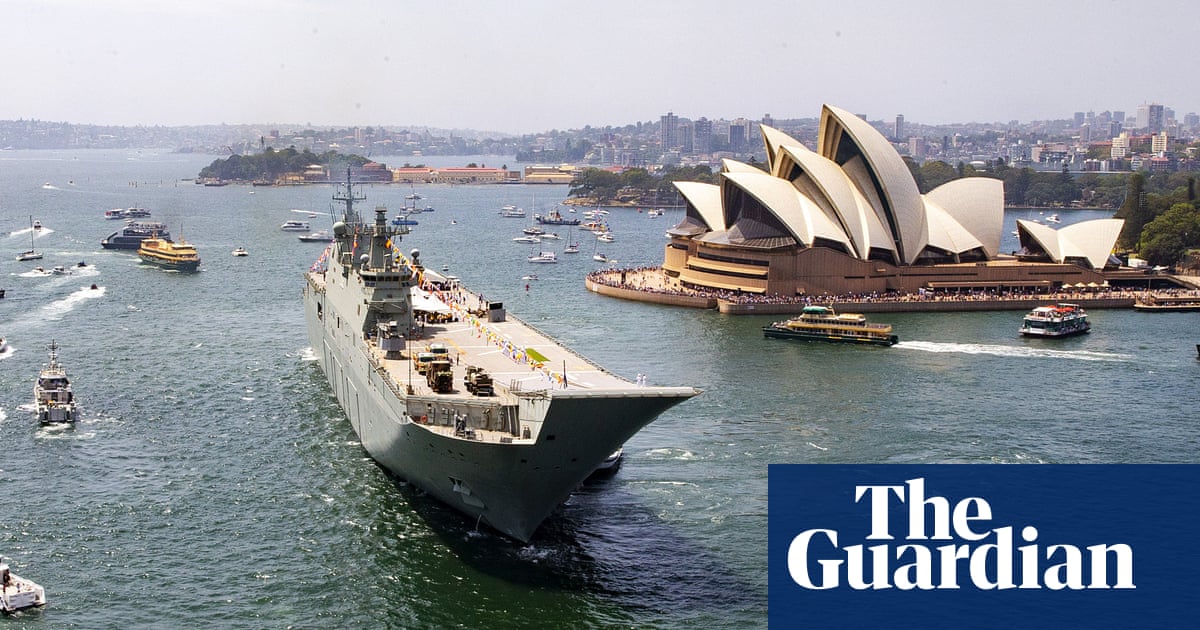The Australian defence force (ADF) has conceded that one of its ships inadvertently blocked wireless internet and radio services across swathes of New Zealand’s North and South islands this week.
The incident occurred on Wednesday morning as HMAS Canberra, one of the largest ships in the Royal Australian Navy, was on its way to Wellington, where it ultimately arrived on Thursday.
As HMAS Canberra was passing alongNew Zealand’s coast on its approach to Wellington, its navigation radar interfered with wireless and radio signals over a large area spanning Taranaki in the North Island to the Marlborough region on the South Island.
It’s understood that when the radar was heard on the frequency used by many internet providers and radio stations, those commercial operators had to stop using the channel.
Sign up for Guardian Australia’s breaking news email
One local tech boss claimed disruptions began shortly after 2am local time.
The New Zealand defence force said it contacted its Australian counterpart after the issue was reported.
“HMAS Canberra became aware that their navigation radar was interfering with Wi-Fi in the Taranaki to the Marlborough region on approach to Wellington,” an ADF spokesperson said.
“On becoming aware, HMAS Canberra changed frequencies rectifying the interference. There are no ongoing disruptions.”
The New Zealand defence force said it now considered the incident resolved.
BrianFM, a radio station based in the South Island town of Blenheim and which broadcasts across the island, said it had to switch to a backup system to continue to broadcast.
“We like to be, you know, pretty reliable and robust, and it certainly took us out and numerous others,” the station’s founder Andrew Jeffries told the news outlet Stuff.
Matthew Harrison, the managing director of the New Zealand wireless internet and mobile telecommunications company Primo, said “it’s not every day a warship takes your gear offline”.
“This wasn’t just a blip,” Harrison wrote in a post on LinkedIn. “It was full-scale, military-grade radar triggering built-in safety protocols designed to protect airspace.
“It rolled across our network in sync with the ship’s movement. We’ve never seen anything like it here before!”
Harrison then joked: “Hey Royal Australian Navy … where can we send the bill?”
